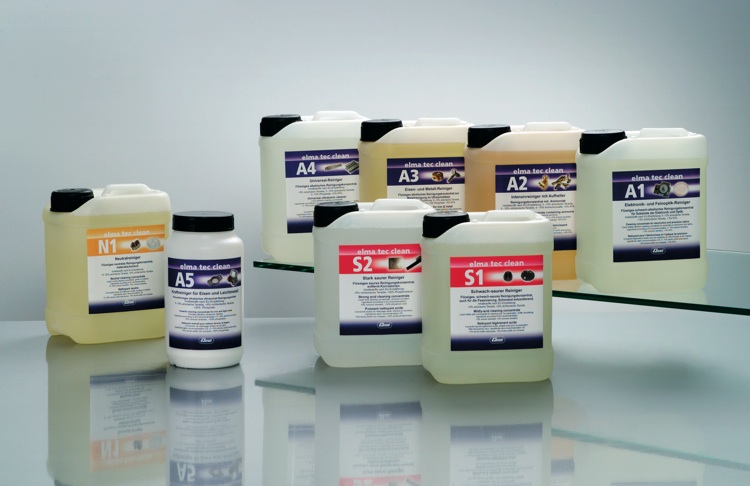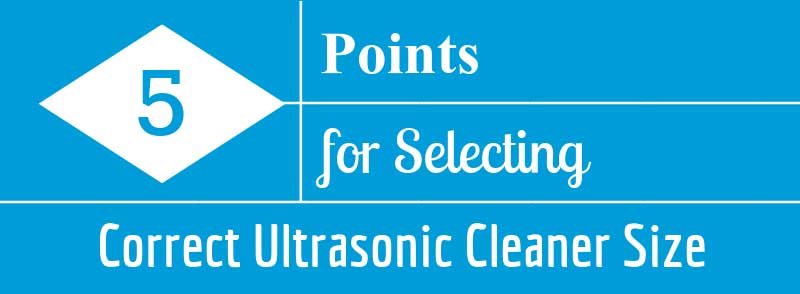Posts Tagged ‘ultrasonic cleaning’
How to Select the Best Ultrasonic Cleaning Solution
Choosing the correct ultrasonic cleaning solution chemistry is arguably the most critical step in the entire ultrasonic cleaning process, directly determining the effectiveness, safety, and efficiency of the operation. That’s because the wrong chemistry can fail to remove contaminants, damage the parts being cleaned, or even pose a hazard to the operator. This post will…
Using Ultrasonic Cleaners to Remove 3D Printed Mold Supports
3D printing, encompassing technologies like fused deposition modeling (FDM) and fused filament fabrication (FFF), has revolutionized manufacturing by significantly reducing the cost and complexity of traditional molding techniques, such as lost wax casting. By utilizing compatible thermoplastic materials like ABS for the part and PLA for removable mold supports, 3D printing enables the rapid creation…
Selecting Ultrasonic Cleaner Size – 5 Key Points Consider
Ultrasonic parts cleaners are manufactured in a tremendous variety of sizes. By “size” we mean the dimensions and capacities of tanks in which ultrasonic parts cleaning is accomplished. For example the Elmasonic E Plus series is offered in 9 tank capacities from 0.25 to 7.5 gallons and the Select Series in 11 capacities from 0.7…



